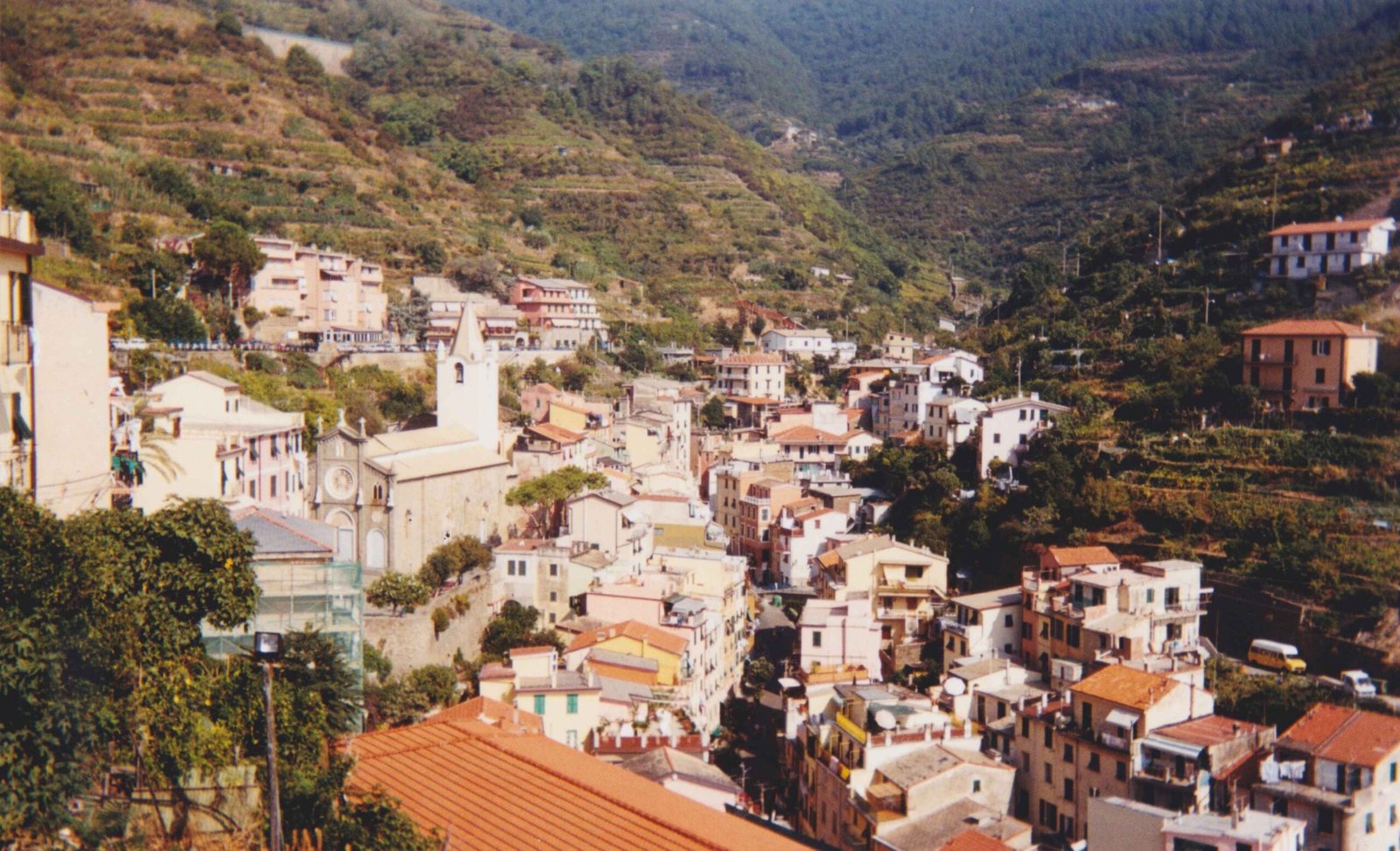The Cinque Terre region boasts a remarkable botanical landscape where rugged coastal terrain meets diverse Mediterranean vegetation. Nestled along the Italian Riviera, this UNESCO World Heritage site showcases an intricate ecosystem of endemic plant species, terraced agricultural landscapes, and microclimates that support a rich tapestry of flora ranging from aromatic shrubs to ancient tree species.
What Makes Vegetation in Cinque Terre Unique?

The vegetation in Cinque Terre represents a complex interplay of geographical, climatic, and human-influenced factors. The region’s distinctive characteristics include:
- Steep terraced landscapes
- Mediterranean microclimates
- Diverse ecological zones
- Human agricultural interventions
What Plant Species Dominate the Landscape?
Mediterranean Maquis Composition
| Plant Category | Dominant Species | Characteristics |
|---|---|---|
| Trees | Holm Oak (Quercus ilex) | Evergreen, drought-resistant |
| Conifers | Maritime Pine, Aleppo Pine | Coastal adaptation |
| Shrubs | Rosemary, Thyme, Lavender | Aromatic, drought-tolerant |
Coastal Plant Adaptations
Coastal environments in Cinque Terre host specialized plant species adapted to challenging conditions:
- Sea Fennel (Crithmum maritimum)
- Salt-tolerant
- Grows on rocky coastal surfaces
-
Edible and medicinal properties
-
Caper Plants (Capparis spinosa)
- Thrives in rocky, dry environments
- Produces edible flower buds
- Highly resilient to harsh conditions
How Do Seasonal Changes Impact Vegetation?
Cinque Terre experiences distinct seasonal vegetation transformations:
- Spring: Vibrant blooming period
- Wildflowers emerge
- Aromatic herbs flourish
-
Vineyards begin new growth cycle
-
Summer: Dry and intense period
- Drought-resistant plants dominate
- Reduced flowering
-
Vegetation adapts to heat
-
Autumn: Fruiting and preparation
- Grape and olive harvests
- Seed dispersal
-
Preparation for winter dormancy
-
Winter: Mild and regenerative
- Evergreen species remain active
- Root systems strengthen
- Minimal plant activity
What Role Do Humans Play in Vegetation Management?
Human intervention has significantly shaped Cinque Terre’s vegetation through:
- Terraced Agriculture
- Created microclimates
- Enabled crop cultivation
-
Preserved landscape biodiversity
-
Conservation Efforts
- National Park protection
- Sustainable farming practices
- Ecosystem preservation
How Can Visitors Experience Vegetation?
Recommended exploration methods:
- Guided botanical tours
- Hiking trails
- Agricultural experience tours
- Photography expeditions
Ecological Significance

The vegetation in Cinque Terre represents more than aesthetic beauty—it’s a critical ecological system maintaining biodiversity, preventing soil erosion, and supporting local agricultural traditions.
Conservation Challenges
- Climate change impacts
- Invasive species
- Tourism pressure
- Agricultural land maintenance
Future Preservation Strategies
- Enhanced monitoring
- Community engagement
- Scientific research
- Sustainable tourism practices
References:
– Cinque Terre National Park Official Website
– UNESCO World Heritage Site Information
– Mediterranean Botanical Research Center
